Avoiding Pseudomonas aeruginosa – a bacterium that’s not just relevant for healthcare
10-minute read
It’s well-known to healthcare professionals but is also very relevant for the plumbing sector: Pseudomonas aeruginosa (PSA). If the bacterium establishes colonies in drinking water installations, this can cause critical illnesses in users. For a long time, the importance of this bacterium for drinking water systems was underestimated and it still tends to be viewed as only an isolated problem. However, manufacturers, technical planners, the skilled trades and facility managers should all take the time to learn more about this bacterium in particular. In this post, SCHELL’s resident drinking water expert Dr Peter Arens provides an overview of Pseudomonas aeruginosa and tips to minimise the risk of contamination. In healthcare facilities like hospitals and any other facility that houses users and visitors with weakened immune systems, keeping a careful eye on the drinking water installation is an essential measure to protect user health.
What illnesses are caused by Pseudomonas aeruginosa?
PSA has been known to medicine for more than 120 years. However, testing for the presence of Pseudomonas aeruginosa is not stipulated by German drinking water legislation – only for drinking water filled into containers. The bacterium causes a wide range of symptoms. “These range from the mild to very severe inflammation of wounds and the inner ear through to loss of vision and widespread lung damage, such as in the case of people with cystic fibrosis,” explains Dr Peter Arens. The pathogen can propagate in the drinking water installations in healthcare facilities in a number of different ways.
How does the bacterium get into the drinking water installation?
Arens: “Known routes of transmission to humans that are relevant for the plumbing sector include drinking water, wastewater (siphons) and areas near wash basins contaminated by splashes of spilled water.” The least-common route into the drinking water installation itself is via the water utility, e.g. after repairs to the mains. More significant routes include components and flow regulators contaminated in the factory. “I know the last one may sound a bit unlikely, but Pseudomonas is present in almost any odour trap. If the bacteria somehow get ejected into the air – by a jet of water hitting an open drain in hospital, for example – then they can indeed travel into the drinking water installation ‘backwards’ (against the flow) and contaminate an entire hospital. The first step is contamination of the flow regulator before the bacterium then proceeds further into the installation – and yes, it is a good swimmer! The same applies if cleaning staff go from room to room and give the flow regulators in the bathroom a quick ‘clean’ with a cloth contaminated from the wash basin,” Arens explains. To keep the bacterium away from the installation, a regular exchange of water is required across all tapping points. Flow regulators should also be changed out regularly. Hygiene and the specified normal operation of the drinking water installation are therefore key points to observe here. With a water management system like SCHELL’s SWS, this specified normal operation can be simulated across all tapping points. Operations can also be designed to save water and be more economical, with full logging also provided.
Excluding the possibility of factory-contaminated parts
The parts used in the drinking water installation are another important aspect. Contamination in even a single product can spread to the entire installation. Transmission as a result of parts contaminated at the factory can be prevented by ensuring that only dry-tested products are used. At SCHELL, dry testing has been the standard for years. “However, there are products that cannot be tested dry at the manufacturer, since they need to be adjusted or officially calibrated,” Arens explains. Accordingly, the German VDMA industry association recommends that its members request details of the microbiological quality of the water used for functional testing: PSA should be undetectable in this water. In its free twin no. 10, the German DVGW also offers tips about handling water meters, which can be applied in connection with other parts as well.
Resistances and sensitivities for Pseudomonas aeruginosa
Tackling PSA is more demanding than for Legionella. A useful approach is to establish its resistances and sensitivities compared with Legionella spec. (tables 1 and 2). Pseudomonas aeruginosa is very undemanding in terms of nutrients, for example, and is therefore a primary coloniser of ‘clean’ surfaces. It is open to attack by competitors, however. With very few defences against other bacteria, PSA can simply be displaced by other, non-pathogenic species. The mechanisms of this behaviour have still to be discovered. “However, we basically know that we require biofilm management in our drinking water installation. In this case, the inner surfaces of our drinking water installation are rather similar to the situation on our skin or in our gut: if these surfaces are colonised by ‘good’ bacteria, then this offers little space for actual pathogens,” explains Arens.
Cleaning up a case of existing contamination
There is no ‘magic bullet’ for tackling a contaminated system. However, help is available in the (German-language) guide (A) 556, “Hygienic/microbial abnormalities in drinking water installations – methods and measures for their resolution” from the DVGW. This year, the DVGW also plans to publish a new worksheet on PSA, which will include case studies and notes on the clean-up approach taken. Arens: “Personally, I have experienced very good results from increased water exchanges – playing on that competitive weakness! – supported by thermal disinfection. Unlike disinfectants, this heat penetrates deep into the biofilm, and so it can also radiate out to parts of components that otherwise remain dry and are therefore not affected by the use of chemical disinfectants.” The SCHELL SWS Water Management System is ideal for planning and carrying out this kind of thermal disinfection. Preventive measures are also worth investigating, to avoid PSA contamination – and therefore temporary operation using expensive sterile filters – from the outset.
Professional, integrated prevention
Products that pass microbiological testing are essential – and should always be required in the general part of any specification. “Dry-tested products are the gold standard,” agrees Arens. “If this isn’t possible for technical reasons – as with safety fittings or pressure-boosting equipment – then you should ask to see the manufacturer’s hygiene plan. However, it’s simply not enough for products to leave the factory gates in perfect condition – this plan must extend to test runs at the building site itself.” Tips are provided here by the draft of VDI 6023 Part 1. “And I’d like to see a greater level of awareness among all stakeholders when they are working in buildings used in the healthcare sector,” Arens adds. “If we have water leaking out of an as-yet unused sanitary fitting, for example, this is a pre-programmed microbiological disaster in the absence of a hygiene plan from the provider.” Also important is the step-by-step commissioning of drinking water installations that follows good hygiene practice, including the use of microbiological testing after each partial fill. Together, these measures can detect and combat colonisation by Pseudomonas aeruginosa before contamination spreads throughout the entire installation. This not only helps tradespersons avoid rework through no fault of their own but also protects healthcare users and prevents highly complex and expensive clean-ups. As we now know, it’s not only Legionella we have to keep an eye on for good drinking water hygiene.

![[Translate to English:] [Translate to English:]](/fileadmin/_processed_/1/b/csm_symstemloesungen_e2_thumb_6bca267f26.jpg)
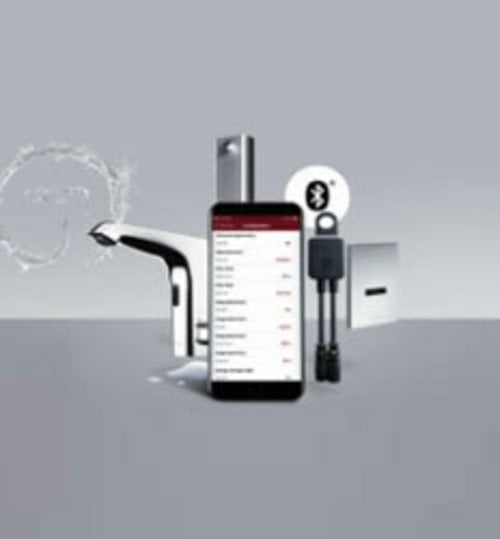
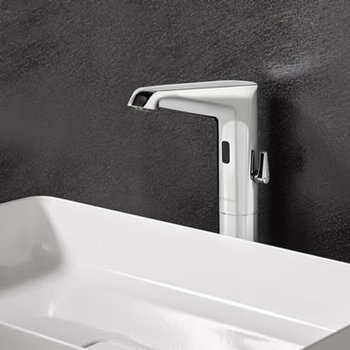
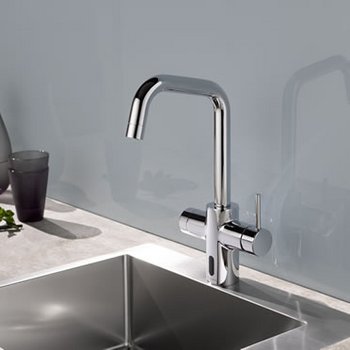
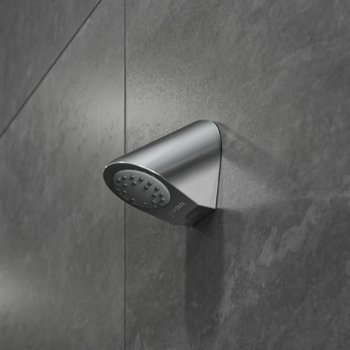
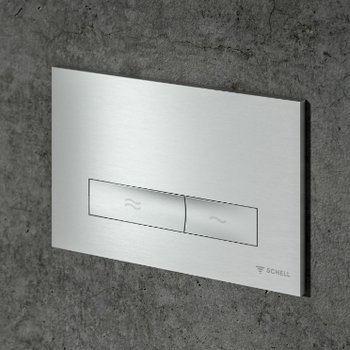
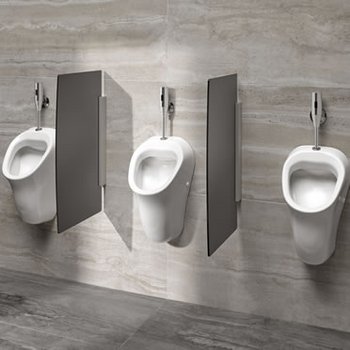
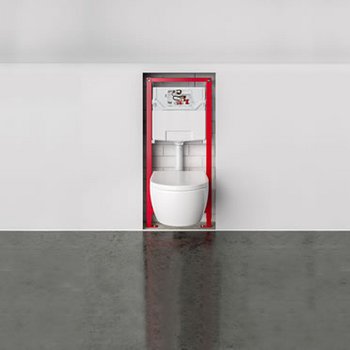
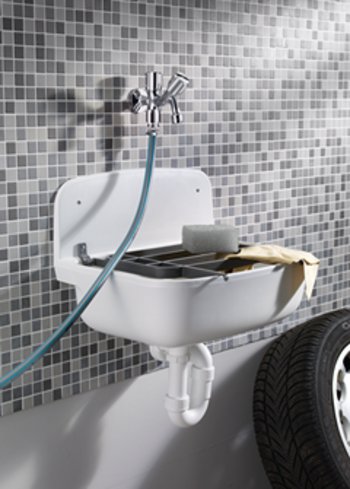
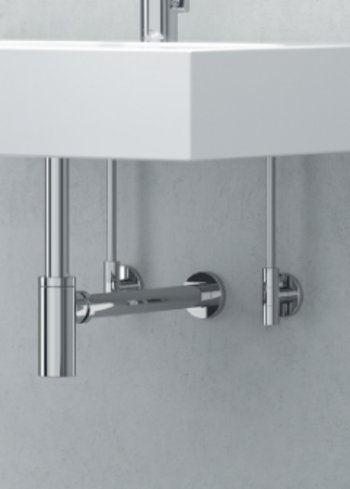
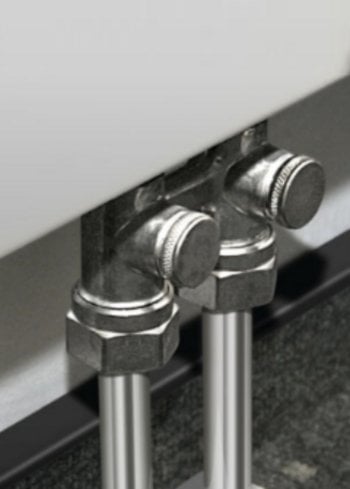
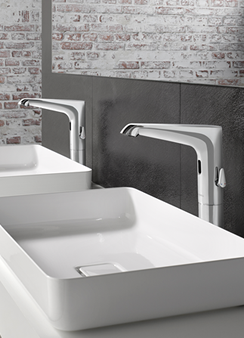
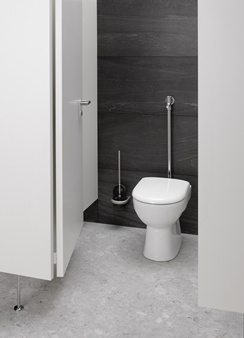
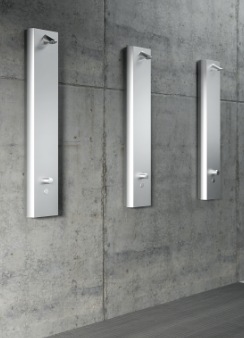
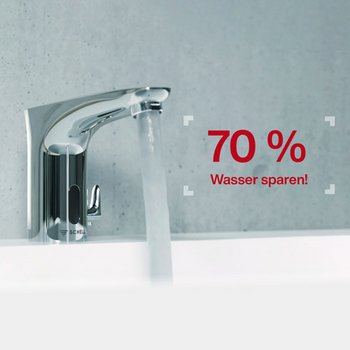
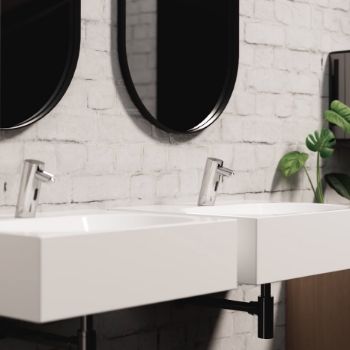




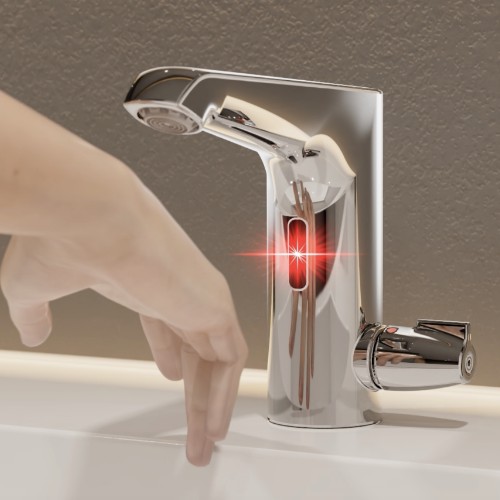
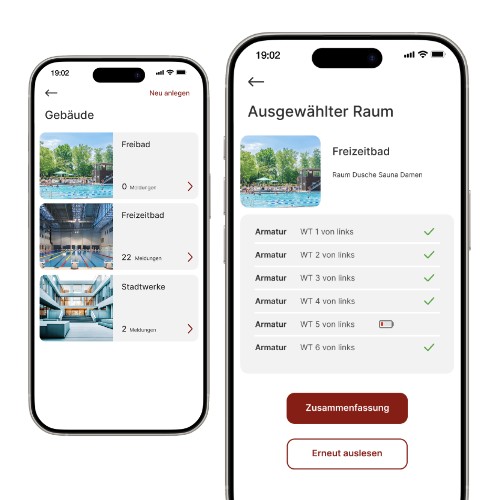
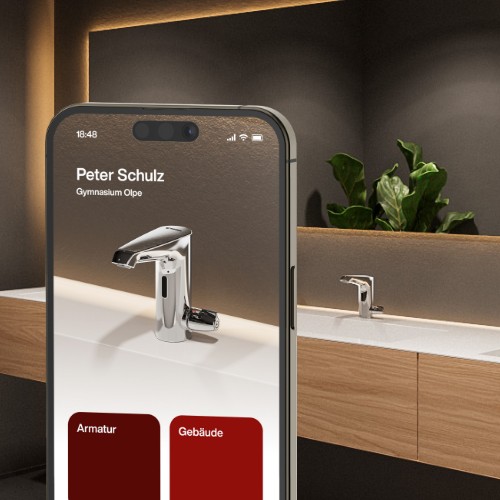
![[Translate to English:] [Translate to English:]](/fileadmin/user_upload/images/menu/menu_service_downloads_broschueren.jpg)
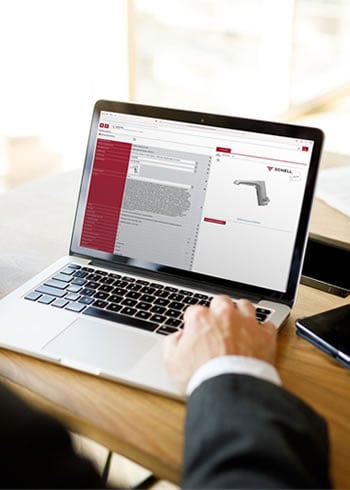



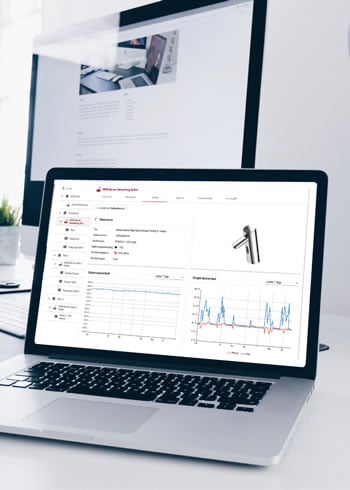


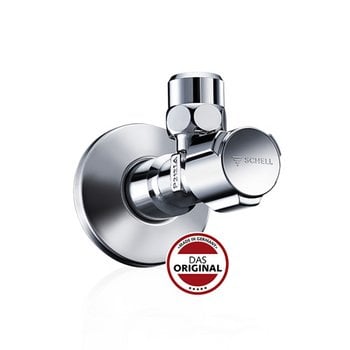
![[Translate to English:] [Translate to English:]](/fileadmin/_processed_/7/7/csm_menu_unternehmen_ueber-schell_awards_f6cec25b1d.jpg)
![[Translate to English:] [Translate to English:]](/fileadmin/_processed_/a/0/csm_menu_unternehmen_ueber-schell_wasser-sparen_41036d2dd9.jpg)





